Glossary
Chilaw
Chilaw is a large coastal town in the Puttalam District of the North Western Province, 73.12 km north of Colombo.
In pre-Portuguese times, Chilaw or 'Salavata' (like Kalpitiya, Puttalam, Kammala, Negombo, Colombo, Kalutara, Beruwela and Galle) was a main port of the west coast of Sri Lanka through which external trade was conducted. In those times, the main items of export were arecanut, elephants, gems and cinnamon and the principal imports were cloth and dry fish. At the time the Portuguese took control of the low country of Sri Lanka, K. M. De Silva says "cinnamon thrived in the forests of the Kelani Valley and on the coastal stretches of the Kotte kingdom from Chilaw to the Valave River."
An agricultural area famed for its coconut plantations, Chilaw became reputed for its three 'C's' - Crabs, Coconuts and Coreas, after the Corea family settled there during the Kotte Period.
Mahatma Gandhi, invited to Ceylon by Charles Edgar Corea and his brother Victor, resided at 'Sigiriya' in Chilaw, a residence of the Corea family for three days in November 1927, on his first and only journey to Sri Lanka (then Ceylon). The Chilaw Association was a significant regional body that figured prominently in the history of agitation against injustices of British colonial rule during the early 20th Century.
Kotte
Kotte was the historical Sinhalese kingdom that flourished in Ceylon (Sri Lanka) during the 15th century. Its king, Parākramabāhu VI (1412–67), was the last native sovereign to unify all of Ceylon under one rule. By 1450, Parākramabāhu VI had, with his conquest of the kingdom of Jaffna in northern Ceylon, unified all of Ceylon.
King Jayabahu II
King Jayabahu II was the son of Ulakudaya Devi, the daughter of King Parakramabahu VI (1412–67). He ascended the throne in Kotte in AD 1468. In AD 1468 his uncle Prince Sapumal the rightful heir, returned from Jaffna where he had established himself as ruler, to slay him and regain the crown.
Sitawaka
Sitawaka (Sinhala: සීතාවක) was a kingdom located in south-central Sri Lanka. It emerged from the division of the kingdom of Kotte following the Spoiling of Vijayabahu in 1521, and over the course of the next seventy years came to dominate much of the island. Sitawaka also offered fierce resistance to the Portuguese, who had arrived on the island in 1505. Despite its military successes, Sitawaka remained unstable, having to contend with repeated uprisings in its restive Kandyan territories, as well as a wide-ranging and often devastating conflict with the Portuguese. Sitawaka disintegrated soon after the death of its last king Rajasimha I in 1594.
Rajasinghe I
Rajasinghe I (Sinhala:පළමුවන රාජසිංහ) [1] was a king of the Kingdom of Sitawaka from 1581 to 1593. He is known for his bravery. Born as Tikiri Banda to King Mayadunne of the Kingdom of Sitawaka, the name "Rajasinha" was given to him after a battle against Portuguese forces. Rajasinha means the King of Lions (or the Lion King).
Dharmapala or Dom João Dharmapala Peria Bandara
Dharmapala or Dom João Dharmapala Peria Bandara (1541 – May 27, 1597) was king of the Kingdom of Kotte, in present day Sri Lanka, from 1551 until May 27, 1597. He is also known as Dom João Dharmapala, the only catholic king in Sri Lankan history.
Wimaladharmasuriya or Konnappu Bandara
Wimaladharmasuriya or Konnappu Bandara (AD 1593-1604) was the eldest son of Weerasundara Bandara who was murdered by King Rajasinghe 1 of Sitawake. With the death of his father he fled to Goa under the protection of the Portuguese. He changed his name to Don Juan and embraced Catholicism. Returning to Ceylon he rebelled against the Portuguese and marrying Kusumasana Devi who had been baptized as Dona Catherina, the only daughter of the deposed King Karaliyadde Jayaweera, legitimized his claim to the throne of the Kingdom of Kandy.
Ven. Thotagamuwe Sri Rahula Thera
Ven. Thotagamuwe Sri Rahula Thera was born in 1408 at Dematana, an attractive and fascinating village close to Dedigama in the Kegalle district. With a profound and wide knowledge in a variety of oriental languages he authored the following voluminous compositions, Buddhagajjaya 1430, Vurthamala Sandesaya 1435, Paravi Sandesaya 1445, Selalihini Sandesaya 1447, Kawyasekaraya 1449, Panchika Pradeepaya 1457, Buddipasadiniya 1480, Sakaskada and Mawulu Sandesaya. It is recorded that Ven. Sri Rahula Thera spent his prime of life at Thotagamuwa Temple in the Galle district and on account of this reason he was widely recognized as Thotagamuwe Sri Rahula Thera.
The Delgamuwa Raja Mahaviharaya at Kuruwita
The Delgamuwa Raja Mahaviharaya at Kuruwita (on the road to Ratnapura) is famed for hiding the Sacred Tooth Relic of the Lord Buddha for 40 years under a Kurahan grinding stone to prevent it falling into the hands of the Portuguese invaders. It was later carried by Dominicus Corea and handed to Wimala Dharmasooriya King of Kandy.
Deshamanya Nissanka Parakrama Wijeyeratne
Deshamanya Nissanka Parakrama Wijeyeratne was a Sri Lankan politician, civil servant and diplomat. He was also the Diyawadana Nilame of the Temple of the Tooth from 1975 to 1985. Writing in the Sunday Observer of 10th August 1980, he stated that Dominicus Corea conveyed the Sacred Tooth Relic from the Delgamuwa Temple to Wimala Dharmasooriya King of Kandy.
Diyawadana Nilame
Diyawadana Nilame is the office of chief lay custodian of Temple of the Tooth, Kandy, Sri Lanka. Formerly an office of the Royal household, today it remains a prestigious position, enriched with over two thousand years of history to safeguard and carry out ancient rituals for the most sacred Relic of the tooth of the Buddha. Diyawadana Nilame has the responsibility of overseeing of all aspects of the Sri Dalada Maligawa. He has the traditional duty of organizing the annual pageant, the Kandy Esala Perahera. The current Diyawadana Nilame is Pradeep Nilanga Dela. Prior to 1815, during the Kandyian monarchy, the Diyawadana Nilame was a minister of the royal court tasked with supplying the King with water and carrying out the ancient rituals to ensure rain during correct seasons.This duty is still carried out by the Diyawadana Nilame for the most sacred Relic of the tooth of the Buddha, marked by the water cutting ceremony on the final day of the Esala Perahera.
Domingos Corea a national hero of Kotte by C.E.C. Bulathsinghala January 28, 1964
VIJAYA BAHU III (1222-1226)
Vijaya Bahu III (1222-1226) was the Sinhalese king of Royal descent who began the Siri Sangbo Dynasty. He reigned four years, re-building Viharas and temples destroyed by invaders. His capital was at Dambadeniya. He brought about unity among the Sangha who had fled from the invader Khalinga Maga and succeeded in holding a Buddhist Convention in 1226.
PANDITHA PARAKRAMA BAHU II (1226- 1257)
Panditha Parakrama Bahu II (1226-1257) was the eldest son of Vijayabahu III, known for his great learning. He was a great poet and prolific writer and among his works was the Kausilumina. His capital was Dambadeniya and the unification of the three kingdoms that existed at the time, is considered his greatest achievement.
VIJAYA BAHU IV (1257 – 1259)
Vijaya Bahu IV (1257-1259), was also known as Bosath Vijaya Bahu. He was the eldest son of Pandith Parakama Bahu II. Delegating his brothers - Vira Bahu, Tilokamala, Bhuvenaika Bahu, Parakrama Bahu and Jayabahu to defend and administer the country, he himself journeyed throughout the land. His capital was at Dambadeniya. Known for his modest behaviour and engagement in religious activities, he was assassinated by a minister by the name of Miththa.
BHUVANAIKA BAHU I (1259-1270)
Bhuvanaika Bahu I (1259-1270) was the brother of Vijaya Bahu IV was a monarch who repulsed invaders from India. His capital at Dambadeniya was moved to Yapahuwa.
PARAKRAMA BAHU III (1270-1275)
Parakrama Bahu III (1270-1275) was the son of Vijaya Bahu IV and nephew of Bhuvenaika Bahu who established his Kingdom at Polonnoruwa.
BHUVANAIKA BAHU II (1275-1277)
Bhuvanaika Bahu II (1275-1277) was the son of Bhuvanaika Bahu I. He slew his cousin Parakrama Bahu III in battle and brought the Tooth Relic to his capital, established at Kurunegala.
PARAKRAMA BAHU IV (1277-1301)
Parakrama Bahu IV (1277-1301) was the son of Bhuvanaika Bahu II. He was a scholarly monarch, who with his Prime Minister translated the Pansiya Panas Jataka (550 birth stories of the Buddha) from Pali to Sinhala. He invaded Yal Patuna against the Pandyan Emperor Kulasekera, to capture its capital.
BHUVANAIKA BAHU III (1301-1307)
Bhuvanaika Bahu III (1301-1307) was known as Vanni Bhuvanaika Bahu, but little is known about him or his relationship to Parakrama Bahu IV. His capital was Kurunegala.
VIJAYA BAHU V (1307)
Vijaya Bahu V (1307) was the second son of Chandra Banu of Jaffnapatnam. His capital was Kurunegala.
BHUVANAIKA BAHU IV (1357-1351)
Bhuvanaika Bahu IV (1357-1351), shifted his capital to Gampola with the aid of his brother-in-law, General Senalankhadikara.
PARAKRAMA BAHU V (1344-1359)
Parakrama Bahu V (1344-1359) was the brother of Bhuvanaika Bahu IV.
VEERA PARAKRAMA BAHU VII (1467-1472)
Veera Parakrama Bahu VII was the name assumed by Jayabahu II the son of Ulukudaya Devi and grandson of King Parakrama Bahu VI, when he ascended the throne of Kotte. However, he was soon killed by his uncle Sapumal Kumaraya (son of Parakrama Bahu VI), who ascended the throne as Bhuvanaika Bahu VI. Abarawathi (the daughter of Jayabahu II), married Ranamuka Bandara, a descendant of Bhuvanaika Bahu Epa.
ULUKUDAYA DEVI
|
Ulukudaya Devi was the daughter of King Parakrama Bahu VI. Her grand-daughter Abarawathi (the daughter of her son Jayabahu II) married Ranamuka Bandara, a descendant of Bhuvanaika Bahu Epa. The Selelihini Sandesaya is one of the messenger poetries originally done by the Rev. Sri Rahula Thero, during the reign of King Parakramabahu VI, the purpose of which was to invoke the great god Vibhishana of Kelaniya to grant the boon of a son to the then childless princess Ulakudaya Devi, the wife of prince Nannur Tunayar.

|
|
|
|
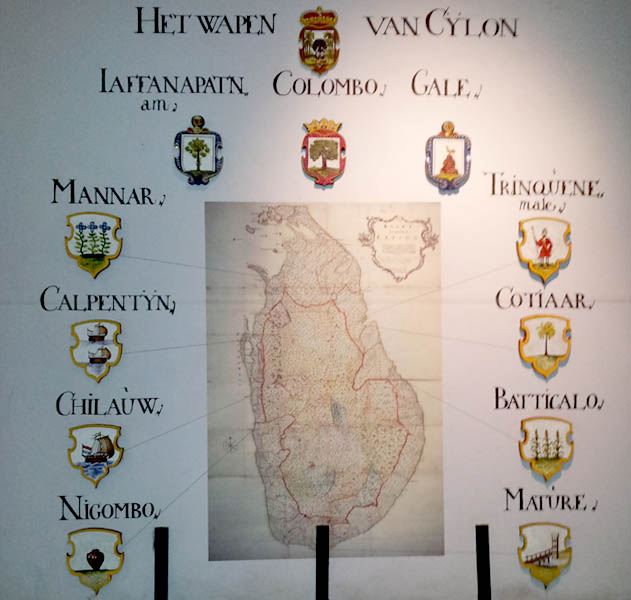
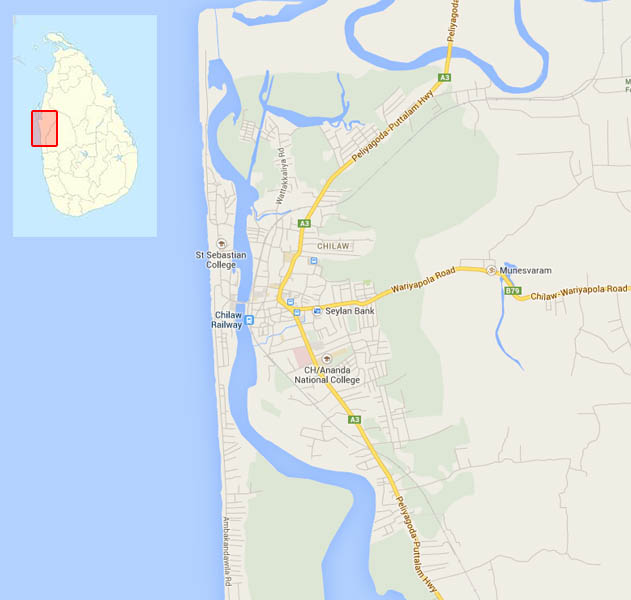
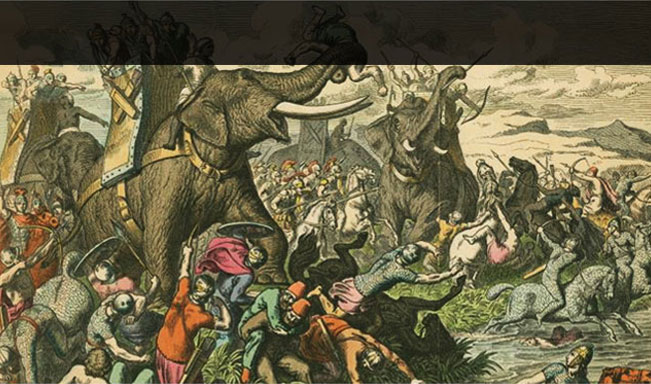
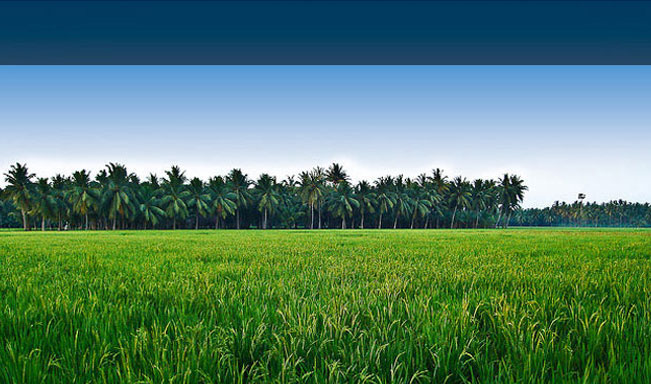


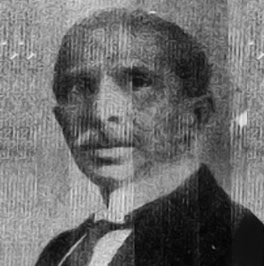
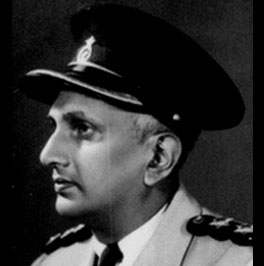
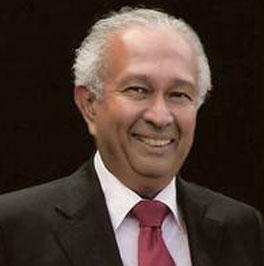

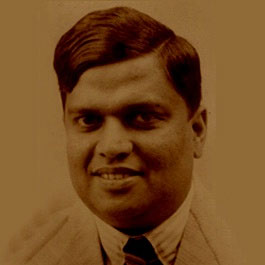
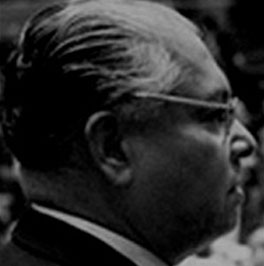

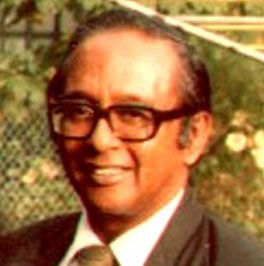
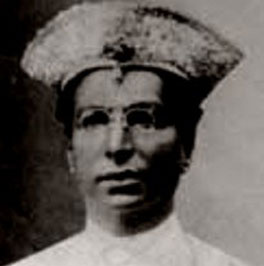
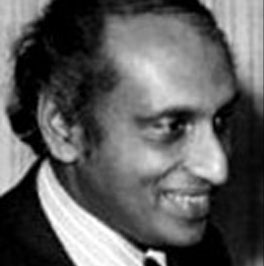
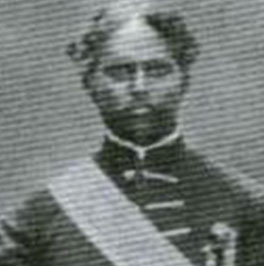
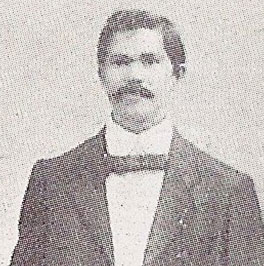


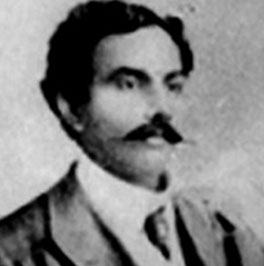




.png)


